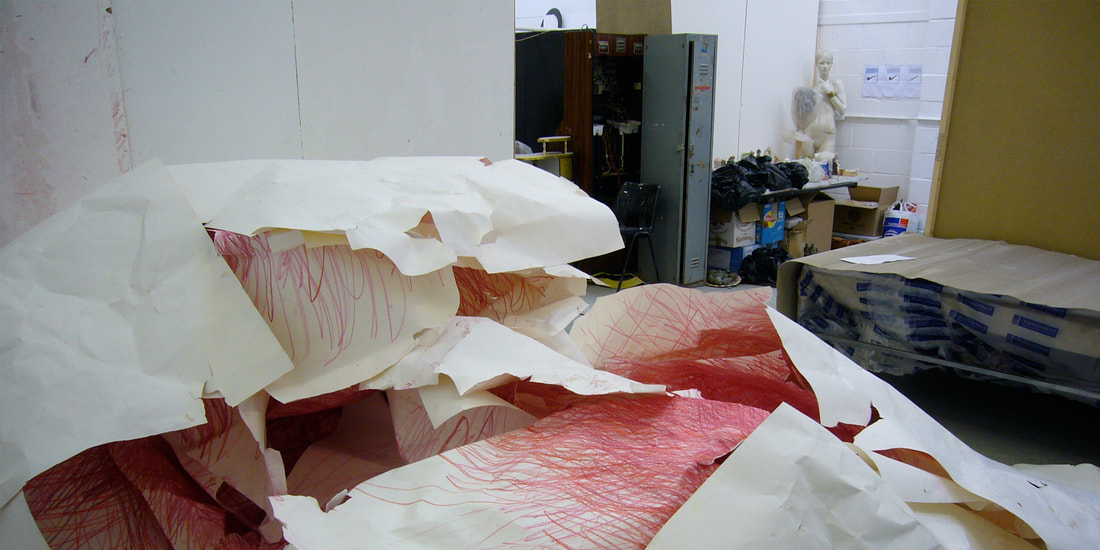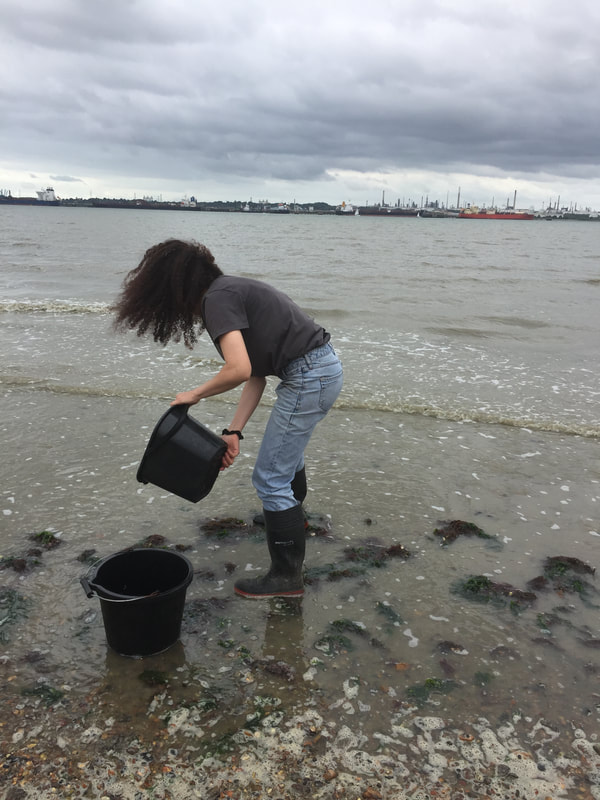|
CREDIT: Photo (and mess): Amanda Moore You may be planning to join a visual arts programme as an undergrad with a broader base. Or you might be about to specialise as a grad student in painting, sculpture, film, print, illustration or photography. How do you make the most of this exciting opportunity? 1. Choose a school which has the right teaching style for youCourses vary widely. Some people will be happy to be shown to their studio space and left there for 2 weeks until the next tutorial. Others will prefer a more structured course. The school I attended had art history lectures, life and anatomical drawing classes and technical workshops which worked better for me when transitioning straight from high school/college. With less structured courses, you will likely have to be more proactive in reading, researching and visiting shows. Something inspirational has to go in for something creative to come out. 2. “Don’t borrow, steal”This was a great piece of advice given by a tutor. It will be tempting to try and emulate the style of an artist you like. The better approach is to understand what their work is about, what is the concept, and then own that, improve on it and make it yours. Start with the idea and the style will follow. 3. Make your art politicalYour art doesn’t have to be overtly about topical political issues but it’s easier to build up a portfolio of work if there is a central theme or reason for why you are making it and showing it to others. Art is also a great platform for expressing or critiquing something, even for critiquing art itself. So many ideas are communicated on social media platforms to people who already have similar views and so exhibiting art is an opportunity to bring ideas to a wider network. 4. Critique is not criticismCrit days can feel like a firing squad as you clear up your studio space and prepare to stand up and explain your work to tutors, visiting lecturers and your fellow students. A well-run crit should give objective feedback and help you to feel clearer in the direction your work is going. For better outcomes, choose elements of your practice which you feel you require feedback on and ask another student to take some notes for you as we all have a tendency to only remember the negative comments. 5. Market your artBe proactive and don’t rely solely on the final degree show for people to see your work. Tutors may not offer any guidance on this. You might use social media platforms to showcase your work whilst also giving more insight into your unique concepts and making techniques. Setting up a website will enable you to direct people to your work when you meet them. Set up your own show, or a themed group show, and be open-minded about venue locations with good footfall. Apply for commissions and competitions. 6. Grow your networkFollowing on from point 5., talk to people, lots of people. Talk to your studio colleagues about goals, share contacts, offer to help each other. If you meet someone and collect their card ‘old-skool’ or connect with them on social media, set up reminders to check in with them now and again. Share something of interest or find out whether you can help with something they are working on with no expectations in return. Not all opportunities will come your way by applying for them, many will be created and offered from within your network. 7. Take advantage of other school resourcesYour school may have a whole set of wider resources which you can use as part of your paid tuition. This may include specialist equipment, lectures in other subjects, business courses or even counselling. All of these resources would cost you some serious coin if you paid for them privately. 8. The art world can be a fickle placeIt will prove difficult to understand why curators and galleries prefer certain artworks and artists and some of your colleagues may be more sought after than you at the final degree show. Your art is not bad, there is a place or a situation for all art. It may not be this gallery but another one, it may be for publications, for public commissions, for private collectors, etc. 9. Find ways to make your practice affordable post-schoolIn school you may have access to everything from printmaking presses to welding equipment. However, you may or may not have easy or affordable access to these tools after school. Think about diversifying the materials you use so that you can keep creating without having to outlay a lot of money on equipment. Depending on your location, you can also rent workshop space on a daily basis. 10. You will always be an ArtistAs I approached graduation, I knew that I would need to take a day job and find a way to come back to producing my art in the future. If you want to, or have to, take a break from creating art full-time after graduation, don’t worry, you will always be an Artist. Firstly, make your art for yourself. You will also bring a way of seeing things into everything else you do and you may even become a different kind of creator - a writer, a musician, a marketer, a designer … be open to all opportunities. What are some of the most valuable things you have learned at art school?
0 Comments
Your comment will be posted after it is approved.
Leave a Reply. |
AuthorWhat am I doing here? I'm collecting sea water to fill 1,000 bottles and hang them from a scaffold inside an old ruin. Why? Why not? Archives
December 2023
Categories
All
|



 RSS Feed
RSS Feed